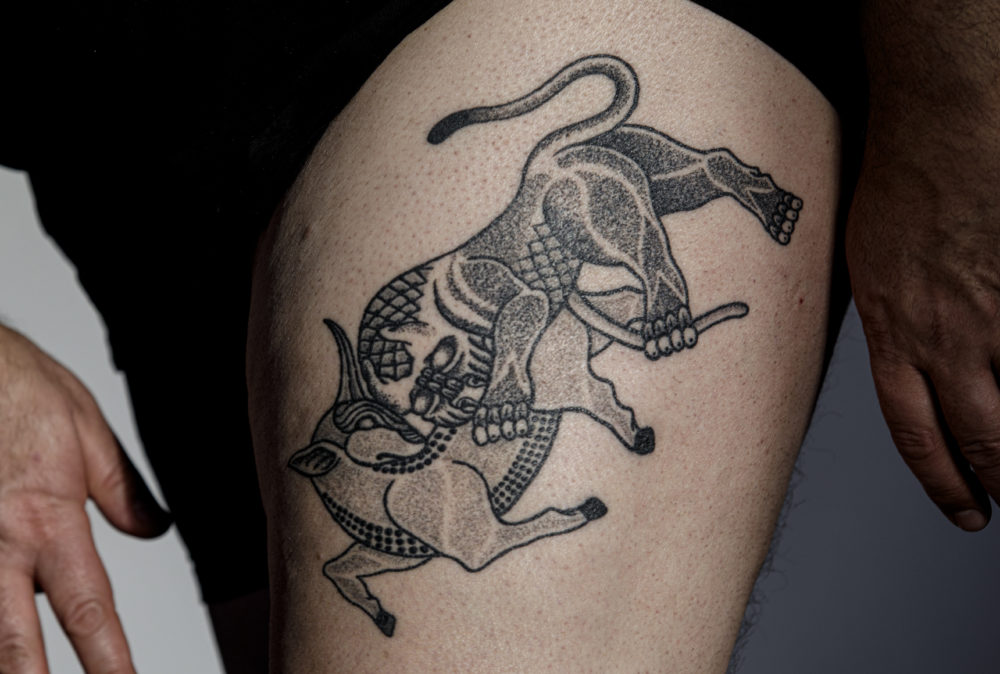Sacrifice While Lost in Salted Earth
by impure company / Hooman Sharifi (NO / IR)
Collective sacrifice, a death ritual.
Duration: approx. 90 min
Rosendal Teater
Besøk oss
Rosendal Teater
Innherredsveien 73
7068 Trondheim
Sign up for our newsletter!
Design og nettside av Skogen
